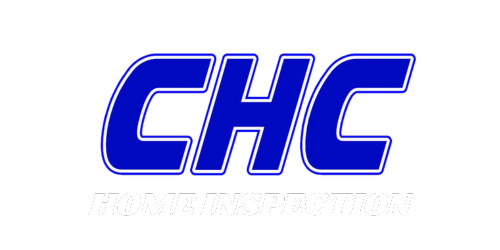Historical Roofs and Modern Inspections: Preserving the Past, Protecting the Future
Historical buildings are not just structures; they are living embodiments of our past, telling stories of bygone eras through their architecture. Among the most iconic features of these buildings are their roofs, often crafted with meticulous detail and historical significance. However, preserving these architectural treasures requires more than just admiration; it demands careful inspection and maintenance to ensure their longevity and structural integrity.
Unique Challenges of Historical Roofs:
Inspecting and maintaining historical or heritage roofs present a set of unique challenges compared to modern structures. These challenges stem from various factors:
1. Age and Wear: Historical roofs may have endured centuries of weathering, leading to deterioration of materials such as slate, wood, or clay tiles. This wear and tear can compromise the roof's integrity, leading to leaks, sagging, or even collapse if left unaddressed.
2. Architectural Complexity: Historical roofs often boast intricate designs and unconventional materials, making inspections more intricate. From ornate detailing to unconventional shapes, each element requires careful examination to assess its condition accurately.
3. Preservation Regulations: Many historical buildings are subject to preservation regulations, which may restrict alterations or repairs that could impact their authenticity. Inspectors must navigate these regulations while ensuring the safety and longevity of the structure.
Considerations for Inspection and Maintenance:
Despite these challenges, preserving historical roofs is not only possible but imperative for safeguarding our architectural heritage. Here are some key considerations for conducting inspections and maintenance:
1. Expertise and Experience: Inspecting historical roofs requires specialized knowledge and experience in heritage preservation. Hiring inspectors familiar with historical construction techniques and materials is essential for accurate assessments and appropriate recommendations.
2. Non-Destructive Techniques: To minimize damage to historical roofing materials, inspectors should utilize non-destructive techniques such as visual inspections, infrared thermography, and moisture meters. These methods allow for thorough assessments without causing harm to the roof's integrity.
3. Documentation and Preservation Plans: Detailed documentation of the roof's condition, including photographs and written reports, is crucial for developing preservation plans. These plans should outline necessary repairs, maintenance schedules, and strategies for protecting the roof's historical integrity.
4. Collaboration with Preservationists: Inspectors should collaborate closely with preservationists, architects, and historical societies to ensure that proposed repairs align with preservation guidelines and best practices. This interdisciplinary approach ensures that preservation efforts prioritize both safety and historical authenticity.
Historical roofs are not merely functional components of buildings; they are integral parts of our cultural heritage. Preserving these architectural treasures requires a delicate balance between conservation and maintenance, with inspections serving as a crucial step in ensuring their longevity and structural integrity. By understanding the unique challenges and considerations involved in inspecting historical roofs, we can effectively preserve these iconic symbols of the past for future generations to admire and appreciate.
In Kentucky, where historic homes abound, preserving the architectural legacy of these treasures is a point of pride. CHC Home Inspection understands the significance of these historical properties and is dedicated to providing expert inspection services to ensure their continued preservation. With our experience, expertise, and commitment to excellence, we stand ready to assist homeowners in safeguarding their historic homes for generations to come. If you're seeking an experienced inspector to care for your historic property, don't hesitate to give CHC a call. Let us help you protect the past while securing the future of your cherished home.
CHC home inspection serves all of Kentucky, including Campbellsville, Somerset, Lexington, Louisville, Glasgow, Lebanon and all surrounding areas. We recently grew our team to include five inspectors, which means that we can get to your home inspection more quickly! You are wanting a quote or to book, please feel free to call at anytime, or you can easily book online yourself.

